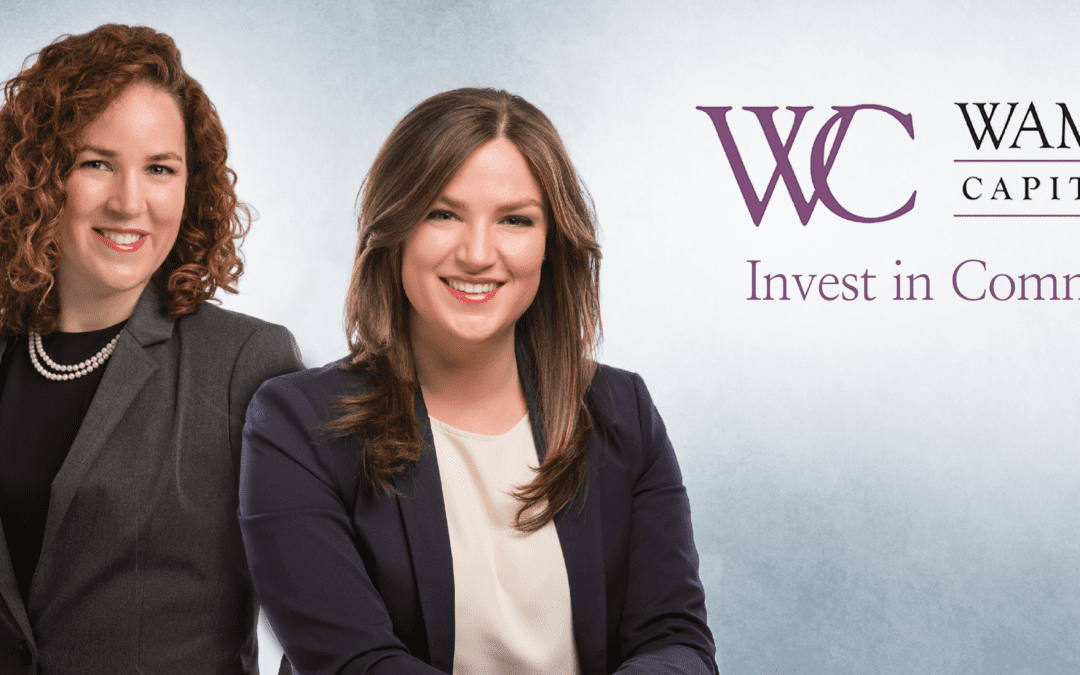Whether you are retired, nearing retirement, or mid-career with an eye on your long-term financial future or that of your clients, fixed-income investments can be highly beneficial. Having steady rates of return allows you to preserve capital and earn a predictable and secure flow of income over a set period. In our experience, the best portfolios include fixed-incomes and low-risk investments as a hedge against more volatile investments, such as stocks and other equity vehicles.
A bond is a common type of fixed-income investment. The U.S. Securities and Exchange Commission (SEC) defines a bond as “a debt obligation, like an IOU. Investors who buy corporate bonds are lending money to a company issuing the bond. In return, the company makes a legal commitment to pay interest on the principal” and to return the principal at maturity.
Not Just for Large Corporations
Smaller, privately held companies may issue interest-bearing bonds just as the household names in Corporate America do to generate working capital. These bonds may be used to purchase capital equipment, real estate, or anything else company leadership believes is necessary to be profitable.
To make those purchases, the privately held company issuing the interest-bearing bond uses the funds for an intended purpose. The amounts and intervals of interest payments that investors (bondholders) will receive is pre-determined and specified in the offering, as is the date on which investors’ principal will be returned to them.
Limited Risk
Fixed-income securities enjoy the highest priority of payment of all investment vehicles and are paid before equity or stock. Therefore debt holders – investors who have purchased bonds – bear less risk than equity holders. Debt holders are first-in-line to receive payment under all conditions.
An Innovative Approach
The best interest-bearing bonds grant fair, risk-adjusted returns to investors while delivering predictable cash flow. This investment vehicle generates passive income, in the strictest sense of that term, because the bond issuer bears all responsibility for managing the investment’s performance. In the meantime, the bondholder goes about his or her daily life and enjoys interest payments at regular pre-determined intervals, which can be monthly, quarterly, biannually, or annually.
In contrast, equity investments require investors to continually monitor the value of their investment due to value fluctuations , which can significantly impact their returns through reduced dividends or possibly no dividends at all. Additionally, with equity investment, it is possible for investors to be required to make additional unexpected cash contributions in the event of investment losses.
Some fixed-rate investments are the embodiment of “doing well by doing good” because they deliver steady returns to investors while helping to improve the quality of life in local communities by contributing to the tax base and giving municipal governments the ability to fund schools, public safety, infrastructure, and quality of life.
Finding the Right Fixed-Rate Investment
Determining which fixed-rate investment is right for you requires conducting due diligence, which consists of recommendations from professional advisors such as accountants and attorneys, recommendations from friends, relatives, and associates, as well as online research.
By adhering to that process, you will be able to determine the character of the bond issuer promising you a particular rate of return on your investment, the bond issuer’s past performance, reputation, motivation, and financial strength.
As fourth-generation finance and real estate professionals who come from a background that places the highest value on integrity and have a strong history of success, we welcome the opportunity to explain further how fixed-rate investments can help you meet your financial goals or help your clients do likewise.


Recent Comments